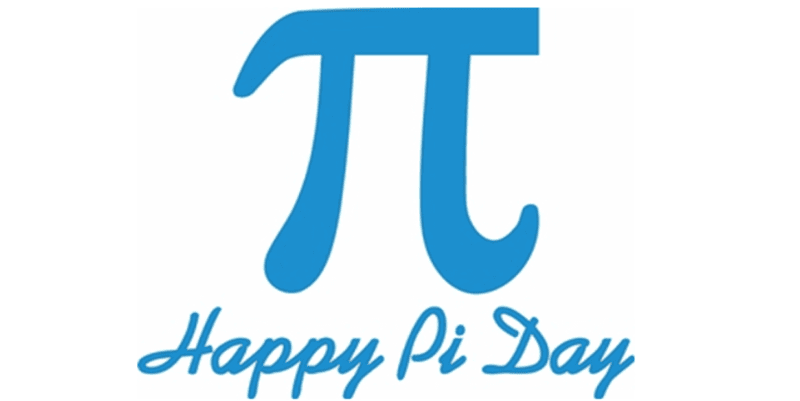
INTERNATIONAL NUMBER DAY 𝝅
Mukhitdinova Mukaram. Artikova Muazzam
Every year on March 14, one of the most unusual holidays in the world is celebrated - International Day of the Number 𝝅.
This day was first celebrated in 1988 at the popular science museum Exploratorium in San Francisco, and this unofficial holiday was invented a year earlier by San Francisco physicist Larry Shaw, who in the American date system (month/date) equal to 14 – while showing the day of March. March 14, i.e. 3/14 corresponds to the first digits of the number 𝝅 = 3.14...
It is noteworthy that on this day one of the most famous physicists, the creator of the theory of relativity, Albert Einstein (Albert Einstein, 1879-1955) was born.
The number 𝝅 is represented by the first letter of the Greek word meaning “circle” and “perimeter.” The number 𝝅 has been known for 4000 years.
On March 21, 2015, Indian Rajvir Meena memorized and pronounced 70,000 numbers, and this result was included in the Guinness Book of Records.
In 1900-1680 BC. it was given as 𝝅 = 3,125. The ancient Egyptians considered 𝝅 to be 3.1605 in 1650 BC.
The first account that has come down to us is by Archimedes at 3.1408 < 𝝅 < 3.1428 in the years 287-212 BC.

According to historical sources, the number 𝝅 was known during the construction of the Cheops pyramid in Egypt in 2800 BC, and according to modern computer calculations, the length of the square sides of the base of the Cheops pyramid was measured, and when dividing their sum by 2 parts of the height of the pyramid, the result was 3.14149. that is, the number 𝝅 calculated using the 5 digits after the printed decimal point.
At the beginning of the 9th century in Central Asia, Al-Khwarizmi introduced the decimal number system, i.e. numbers 0, 1,..., 9. These numbers are actually Indian numbers, but due to the fact that the abbreviated Indian work was written in Arabic, they are called "Arabic numerals" throughout the world.
Beruni (author of 152 treatises), the first to head the “Academy of Mamun”, founded in Khorezm in 1010, calculated the number 𝝅 to 8 decimal places.
The end of the 14th - beginning of the 15th centuries became the time of development of science in Central Asia, the period of the second Renaissance. Ulugbek, the grandson of Amir Temur, devoted all his knowledge and energy to the development of Science and cultural and educational work.
The observatory, part of the scientific and architectural heritage created by Ulugbek, was considered the first computing center in the world. Here his students carried out mathematical research and performed enormous computational work.
One of the prominent representatives of Ulugbek’s school, Ghiyaziddin al-Qoshi, in one of his incredible calculations, calculated the number 𝝅 to 17 decimal places, for which he increased the number of sides of a regular polygon inscribed in a circle, bringing the polygon as close as possible to the circle, and thus increasing the number sides up to... 800 355 168 (!)!
The number 𝝅 is widely used in science. It is used for almost any calculations in architecture, aviation and other fields. For example, the number 𝝅 is needed to calculate the flight time of an airplane and the distance it must travel. In statistics, 𝝅 is used to calculate values under the bell curve. This is necessary, for example, in order to find out how the votes of respondents were distributed during the survey.
If there were no 𝝅, the wheels would be square. The circumference and area of a circle are determined through this constant, and if it were not for the number 𝝅, we would measure everything in squares...! 𝝅 R² is the area of the circle, and without the number 𝝅 is the area of the square. From this point of view, everything round becomes square. In this regard, we would like to congratulate the staff of our university on this date, who use the number 𝝅 a lot in their work!
